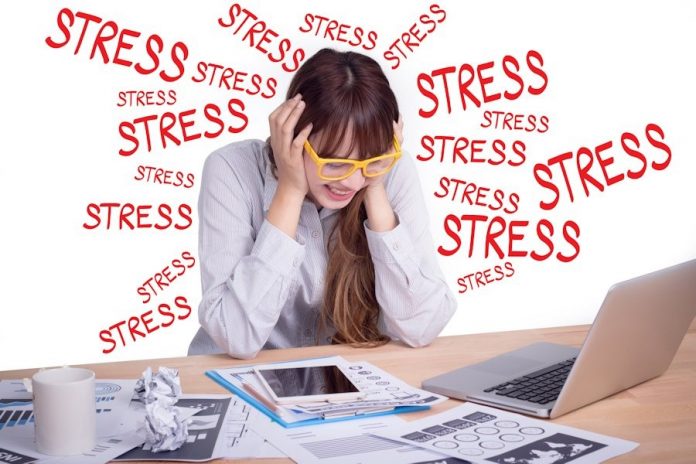In the world we live in, we are constantly bombarded with situations that are beyond our control and that generally tends to freak people out. Everything we do and everything we say is observed by people around us and if we’re not careful then the situation leads to anarchy. So, we have to be vigilant and constantly on alert of the situations around us and let the world be free of all the stress and stress related problems. But if we want to get rid of all of the stressful things, then we first have to check inside our own collar for the symptoms of stress and despair.
Ranging from using medical marijuana bottles for medical marijuana stress relief to indulging in physical activity, here are a few methods to get yourself and in helping others to be free of stress:
Avoid Caffeine, Alcohol and Nicotine
Nicotine and caffeine filled drinks should be avoided because caffeine and nicotine have stimulating properties that will increase your stress levels instead of reducing it. In larger quantities, Alcohol is a depressant but it is a stimulant in smaller doses. So, using alcohol as a way to alleviate stress is not entirely useful.
Indulging in Physical Activity
The “Fight or flight” hormones really come in handy when battling stress and stressful situations. As stressful situations increase level of stress hormones such as adrenaline and cortisol, the flight or fight hormones are designed to protect us from immediate body harm and other situations of danger. However, stress in today’s age is rarely battled by the fight or flight response because we are not under that level of threat anymore in our daily struggles. That’s why physical exercise is prescribed as a surrogate to metabolize the excess supply of stress hormones and restoring your body and to a more Zen state.
Getting more sleep
Lack of sleep can also be a factor in stress buildup. The bad news in this scenario is that stress also interrupts our sleep by creating a state of unrest and thoughts whirling through our heads and stopping us from relaxing enough to fall asleep. Unfortunately, most people rely on medication to fulfill their sleep needs but their aim should be to maximize the relaxation process before going to sleep. Keeping a caffeine to a minimum in the evening and also avoid excessive alcohol if that leads to a disturbed sleep. And also keeping a strict schedule to fall asleep on the same time every night so that your mind and body get used to a predictable bedtime routine.
Learn to say ‘No’
A common cause of stress is having too much to do and too little time in which to do it. And yet in this situation, many people will still agree to take on additional responsibility. Learning to say “No” to additional or unimportant requests will help to reduce your level of stress, and may also help you develop more self-confidence. To learn to say “No”, you need to understand why you find it more difficult. Many people find it hard to say “No” because they want to help and are trying to be nice and to be liked. For others, it is a fear of conflict, rejection or missed opportunities. Remember that these barriers to saying “No” are all self-created.
Keep a Stress Diary
Keeping a stress diary for a few weeks is an effective stress management tool as it will help you become more aware of the situations which cause you to become stressed. Note down the date, time and place of each stressful episode, and note what you were doing, who you were with, and how you felt both physically and emotionally. Give each stressful episode a stress rating (on, say, a 1-10 scale) and use the diary to understand what triggers your stress and how effective you are in stressful situations. This will enable you to avoid stressful situations and develop better coping mechanisms.
Take Control
Stress can be triggered by a problem that may on the surface seem impossible to solve. Learning how to find solutions to your problems will help you feel more in control thereby lowering your level of stress. One problem-solving technique involves writing down the problem and coming up with as many possible solutions as you can. Decide on the good and bad points of each one and select the best solution. Write down each step that you need to take as part of the solution: what will be done, how will it be done, when will it be done, who is involved and where will it take place.
























